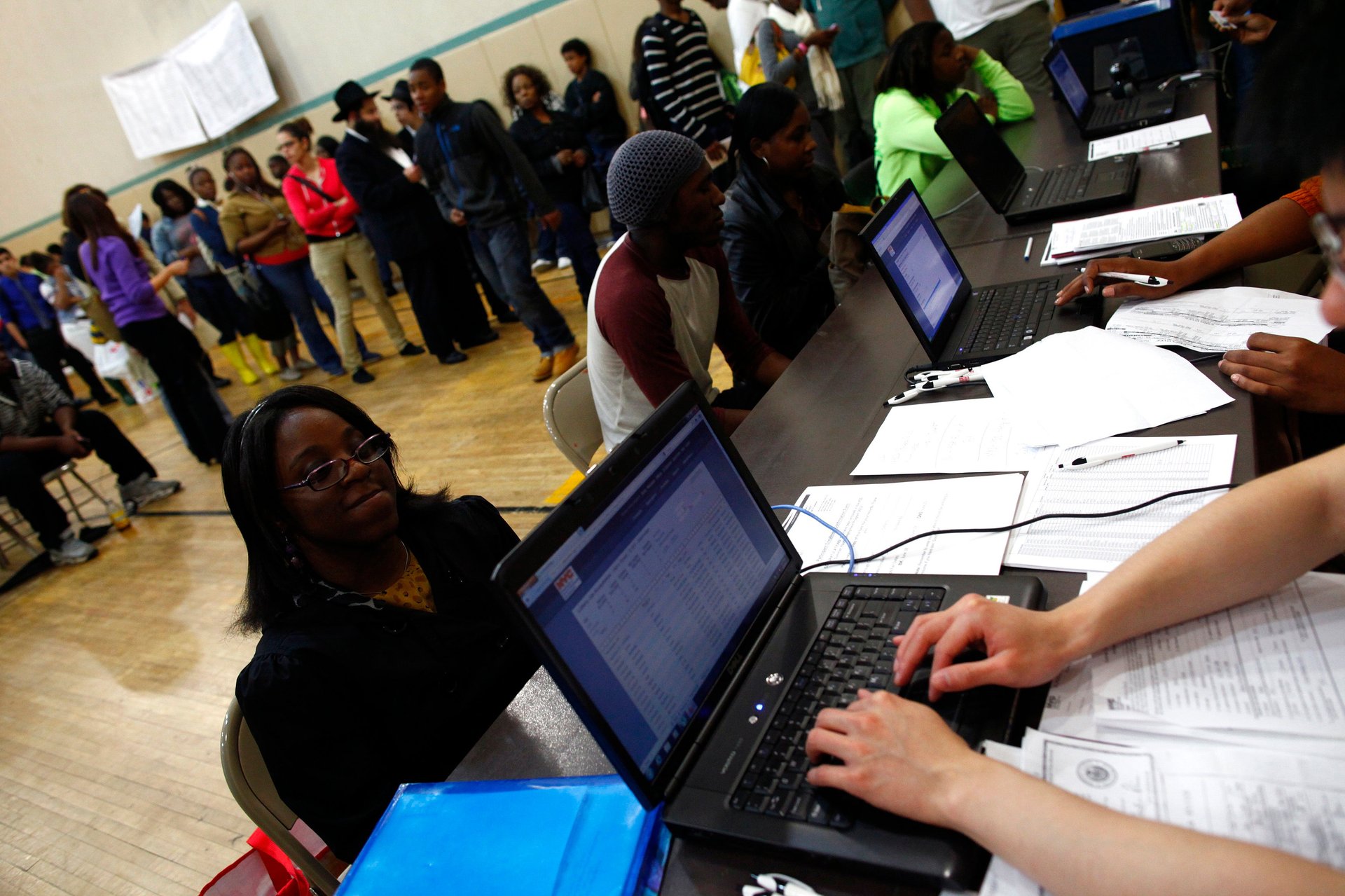For non-white young people, a letter of recommendation can be surprisingly powerful
Letters of recommendation are often used by hiring managers to sift out candidates based on their pedigree, and so there are many good reasons for employers to stop asking for them. But while these letters can be used as a form of gatekeeping, a study by a pair of economists shows they can also open doors.


Letters of recommendation are often used by hiring managers to sift out candidates based on their pedigree, and so there are many good reasons for employers to stop asking for them. But while these letters can be used as a form of gatekeeping, a study by a pair of economists shows they can also open doors.
Specifically, they found the letters to be useful for non-white teenagers.
One possible reason this group often struggles to get jobs is that potential employers have little information about their work history to rely on, and so they fall back on often class- or race-based stereotypes about the applicants. Ensuring they have letters of reference could help clear some of those obstacles.
A study that provided 8,000 students letters of recommendation
When US teenagers work in high school, it can boost both their chances of employment and their earnings (pdf) when they reach the job market as adults. That’s a reason there are a lot of city and state programs to help kids find jobs.
Sara Heller of the University of Michigan and Judd Kessler of Wharton partnered with New York City’s Summer Youth Employment Program (SYEP), which includes about 68,000 young people aged 14 to 24. The economists created a system for supervisors in the SYEP who, by answering an online survey about their young employees, could generate letters of recommendation. About 8,000 participants in the program received an emailed letter, plus five hard copies they could hand in or mail as part of future job applications.
Young people who received a letter were 4.5% more likely to be employed in the next year than those in a control group who did not, the economists reported in a working paper published this week by the National Bureau of Economic Research. Participants who actually used the letter when applying for a job saw much bigger gains.
White applicants didn’t experience the same effect
To test whether simply receiving the letters prompted the recipients to apply for jobs, the researchers sent participants applications for an online job, and those who received letters were no more likely to apply than those who didn’t. They concluded “the letters work by changing how employers view applicants, rather than how applicants behave.”
Notably, the effect was only felt among non-white participants. While white participants who received letters were about as likely to be as employed as those who didn’t, non-whites with letters of recommendation were 4.6% more likely to be employed and earned 5.7% more on average, or about $557, in the two years after receiving the letter.
As the authors note, young people face more friction entering the job market than older applicants because they lack a job history and references. Letters of recommendation can help close the gap. But given the very different impact the letters had for non-white applicants, training hiring managers about their biases might be just as helpful.